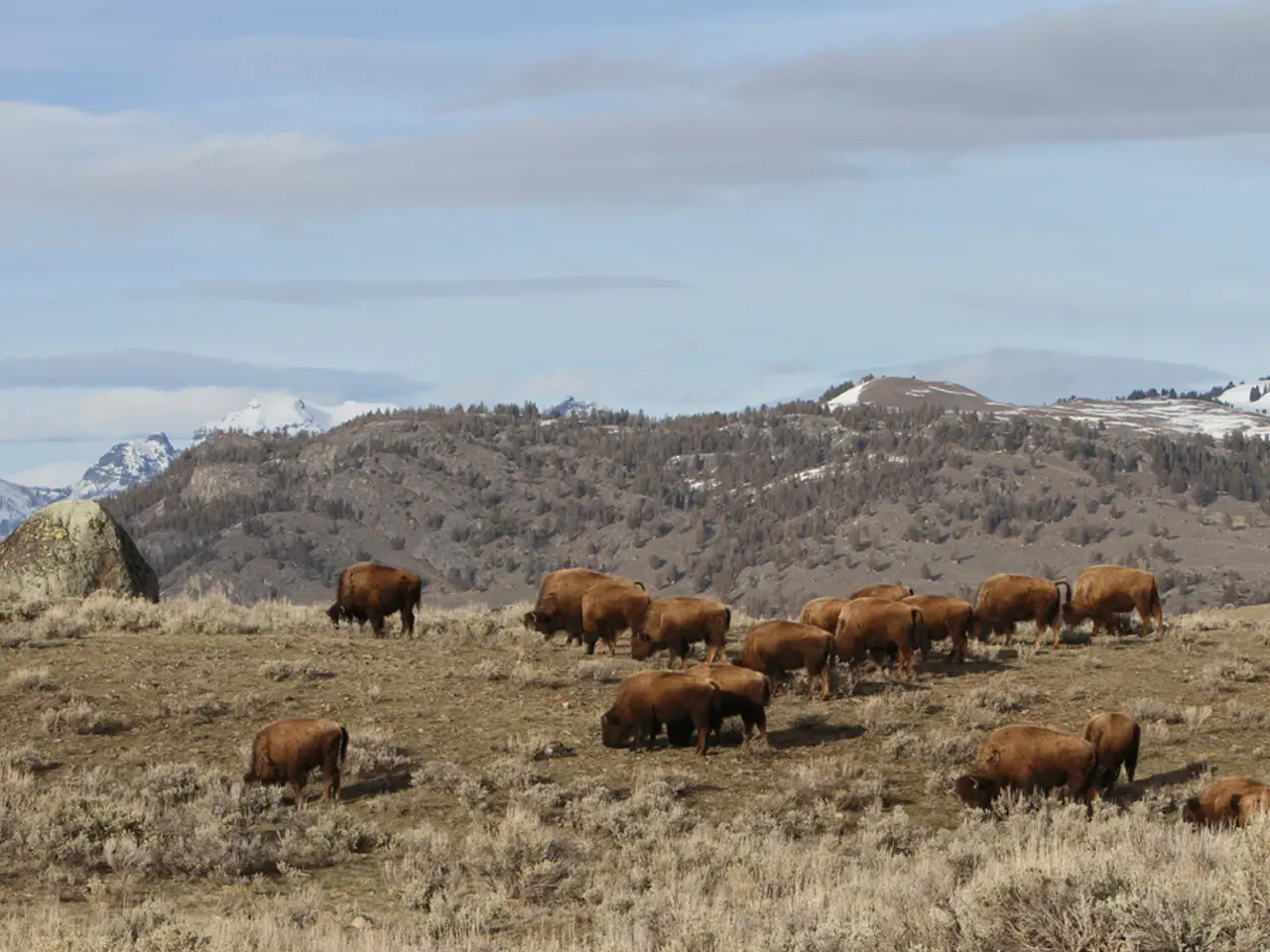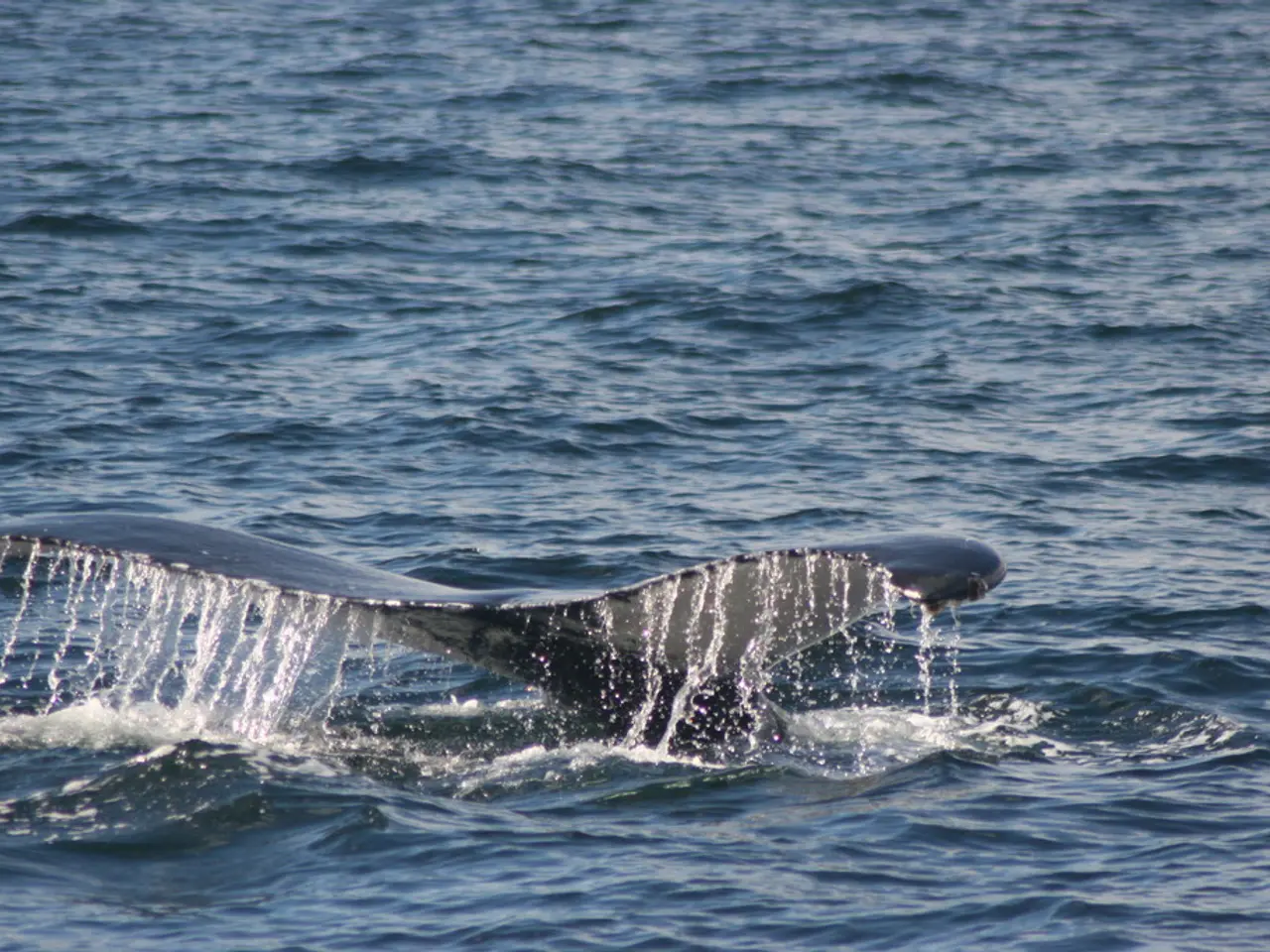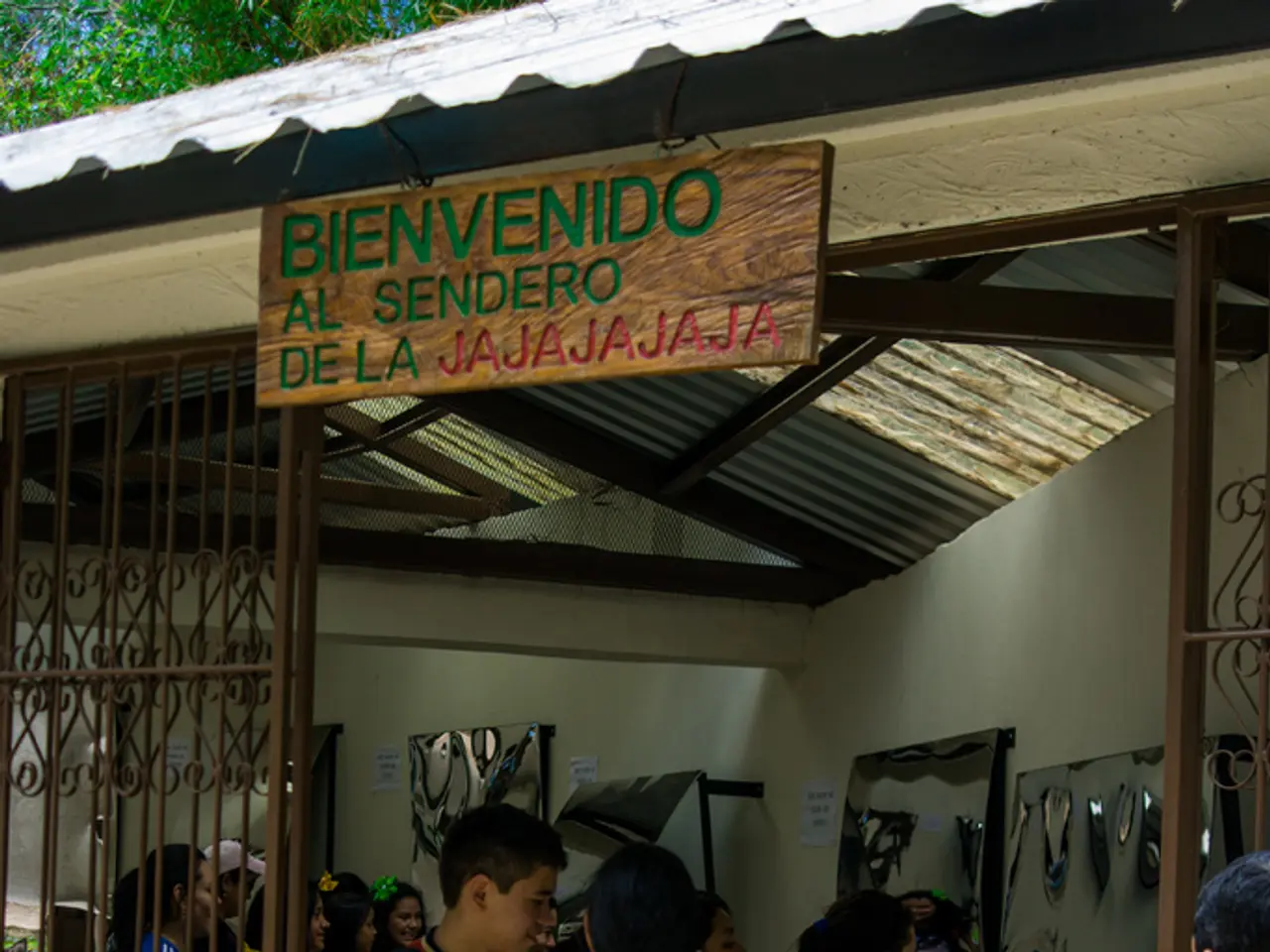Scientists Monitor Lynxes Equipped with Satellite Collars within Urban Eastern Landscape
In the eastern city of Kars, Turkey, the KuzeyDoğa Association has been conducting a groundbreaking research on wildlife since 2013, with a particular focus on the elusive lynxes inhabiting the Sarıkamış district. This lynx monitoring program, spanning nearly 12 years, is now the longest-running in Turkey.
Researchers from the KuzeyDoğa Association have fitted 25 lynxes with satellite collars as part of an ongoing effort to monitor their movements and support conservation efforts in northeastern Anatolia. The data collected over these years has provided valuable insights into these solitary and elusive cats, often referred to as the "ghosts of the forest."
Emrah Çoban, the association's science coordinator, stated that the lynxes have been captured with cubs, indicating successful reproduction in the region. This is a positive sign for the local lynx population, which is an important part of the region's biodiversity.
Lynxes in Sarıkamış are primarily Eurasian lynxes (Lynx lynx), native to forested and mountainous regions across Europe and Asia. The Sarıkamış region, with its rich forest landscapes and mountainous terrain, provides suitable habitat for lynxes, offering dense cover and prey such as roe deer and small mammals.
However, roe deer, a common prey for lynxes elsewhere, are scarce in Sarıkamış. This has led to the lynxes in the region adapting their diet to primarily consist of hares and small rodents, resulting in the Sarıkamış lynxes being smaller than other Eurasian lynxes in Turkey.
Lynxes are solitary and elusive, primarily nocturnal and crepuscular predators. They are rarely seen by humans, and the data collected by the KuzeyDoğa Association confirms this trend. Lynxes avoid contact with humans, preferring to remain deep within the forest areas.
During their breeding season, lynxes sometimes move beyond forest edges to find mates, but they return to Sarıkamış's protected forests to raise their young. The association has shared identified lynx breeding sites with forestry officials to improve conservation measures.
The conservation status of the Eurasian lynx is complex. Globally, it is classified as "Least Concern" by the IUCN Red List due to its wide distribution and relatively stable population trends across its range. However, in Turkey, the Eurasian lynx is considered rare and locally threatened, mainly due to habitat loss, poaching, and depletion of their prey species. The Turkish population is fragmented and vulnerable.
Conservation measures in Sarıkamış and the broader Kars region focus on habitat protection and monitoring the wildlife populations to mitigate threats. The ongoing research by the KuzeyDoğa Association plays a crucial role in this effort, providing valuable insights into the behavior and habits of these elusive cats and contributing to their long-term survival in the region.
- The ongoing research by the KuzeyDoğa Association, which primarily focuses on environmental-science, aims to use technology to monitor the movements of lynxes and understand the impact of habitat loss, poaching, and depletion of prey on the vulnerable Turkish population of Eurasian lynxes – Lynx lynx.
- In an effort to support conservation efforts and promote the long-term survival of Lynx lynx in the region, the KuzeyDoğa Association is using technology such as satellite collars to gather data on the dietary habits of lynxes, revealing that in Sarıkamısh, they primarily consume hares and small rodents due to the scarcity of roe deer.




